Immortal bacteria genetic mechanisms could be used in crispr to make humans truly Immortal: 3.
Researchers successfully resuscitated bacteria from the South Pacific Gyre that were buried under marine snow for 100 million years.
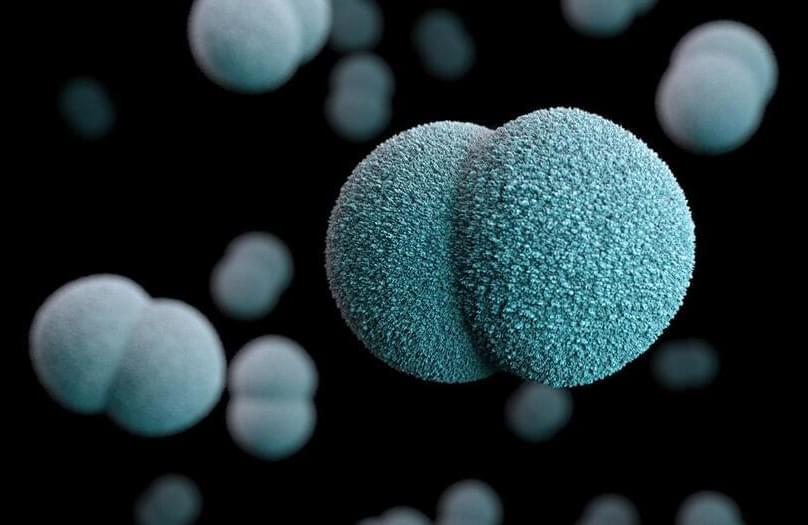

But one idea that hasn’t gotten enough attention from the AI community is how the brain creates itself, argues Peter Robin Hiesinger, Professor of Neurobiology at the Free University of Berlin (Freie Universität Berlin).
In his book The Self-Assembling Brain, Hiesinger suggests that instead of looking at the brain from an endpoint perspective, we should study how information encoded in the genome is transformed to become the brain as we grow. This line of study might help discover new ideas and directions of research for the AI community.
The Self-Assembling Brain is organized as a series of seminar presentations interspersed with discussions between a robotics engineer, a neuroscientist, a geneticist, and an AI researcher. The thought-provoking conversations help to understand the views and the holes of each field on topics related to the mind, the brain, intelligence, and AI.
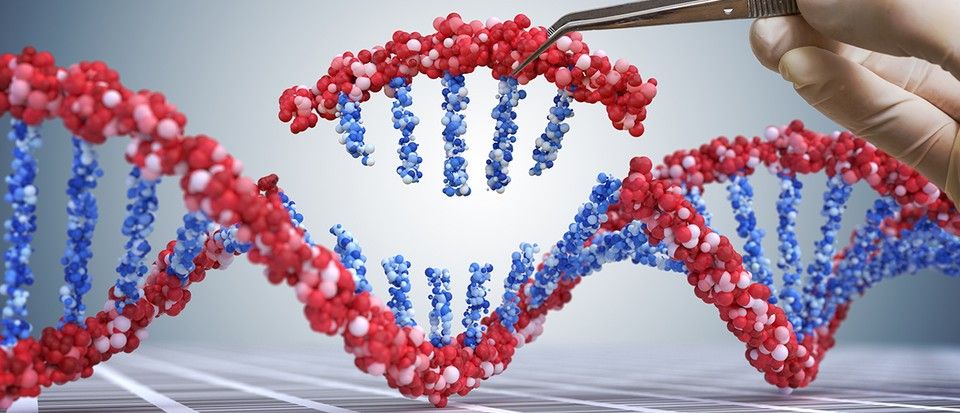
What’s confusing is that some of the modifications we’re now considering could have been achieved years ago through traditional methods, so our views depend on what we think about the safety of new editing technologies, but also how desperate we are to address environmental degradation.
A process that began centuries ago with selective breeding has developed into genetic modification. We explore the consequences of these controversial tools.
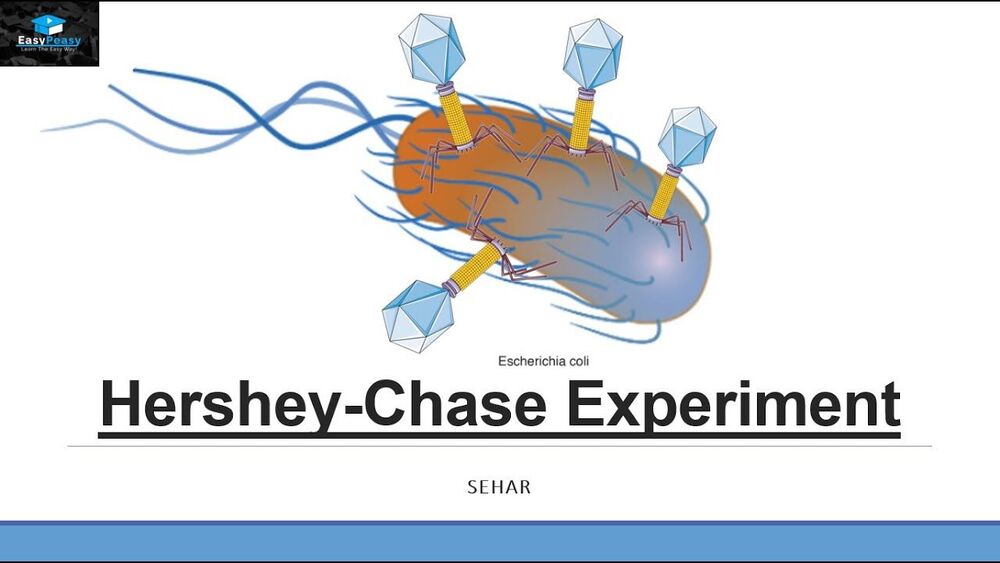
This video explains hershey and chase experiment | discovery of DNA as genetic material.
Thank You For Watching.
Please Like And Subscribe to Our Channel: https://www.youtube.com/EasyPeasyLearning.
Like Our Facebook Page: https://www.facebook.com/learningeasypeasy/
Join Our Facebook Group: https://www.facebook.com/groups/460057834950033
Support Our Channel: https://www.patreon.com/supereasypeasy

Learn More
University of Advancing Technology’s Artificial Intelligence (AI) degree explores the theory and practice of engineering tools that simulate thinking, patterning, and advanced decision behaviors by software systems. With inspiration derived from biology to design, UAT’s Artificial Intelligence program teaches students to build software systems that solve complex problems. Students will work with technologies including voice recognition, simulation agents, machine learning (ML), and the internet of things (IoT).
Students pursuing this specialized computer programming degree develop applications using evolutionary and genetic algorithms, cellular automata, artificial neural networks, agent-based models, and other artificial intelligence methodologies. UAT’s degree in AI covers the fundamentals of general and applied artificial intelligence including core programming languages and platforms used in computer science.
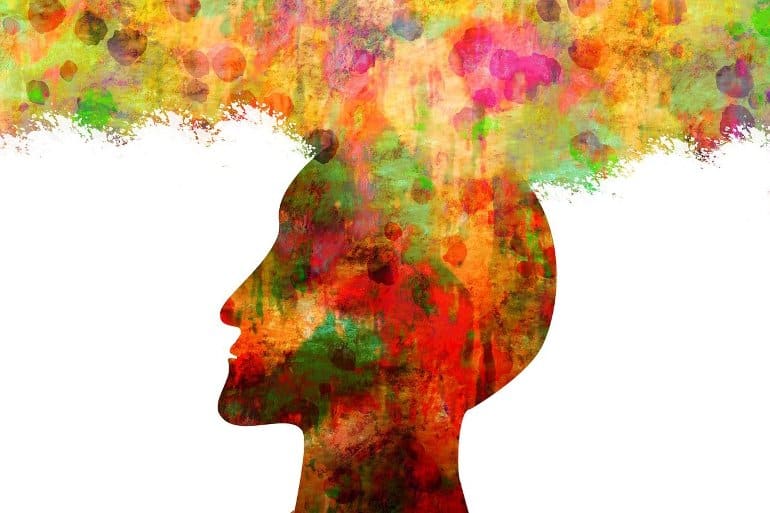
“Our research may help us understand how abnormalities in anxiety-like behavior occur and design circuit-based therapeutic approaches for correcting them,” remarks Professor Ji Won Um from the Department of Brain and Cognitive Sciences at DGIST, who led the study.
Summary: Study identifies the role a specific protein plays in regulating the development of inhibitory synapses in the hippocampus in the context of anxiety-related behaviors.
Source: DGIST
The mechanisms behind the organization of neuronal synapses remain unclear owing to the sheer number of genes, proteins, and neuron types involved. In a recent study, Daegu Gyeongbuk Institute of Science and Technology scientists conducted a series of experiments in genetically modified mice to clarify the role of two proteins in regulating the development of inhibitory synapses in the hippocampus, in the context of anxiety-related behaviors, paving the way to better understand the brain.
The correct functioning of our brain, as well as that of other animals, depends on a very intricate interplay between multiple types of neurons. These interactions are orchestrated by multitudes of synaptic proteins; thus, pinpointing their specific functions is extremely challenging. In particular, the molecular mechanisms that regulate the plasticity of synapses are not completely understood.
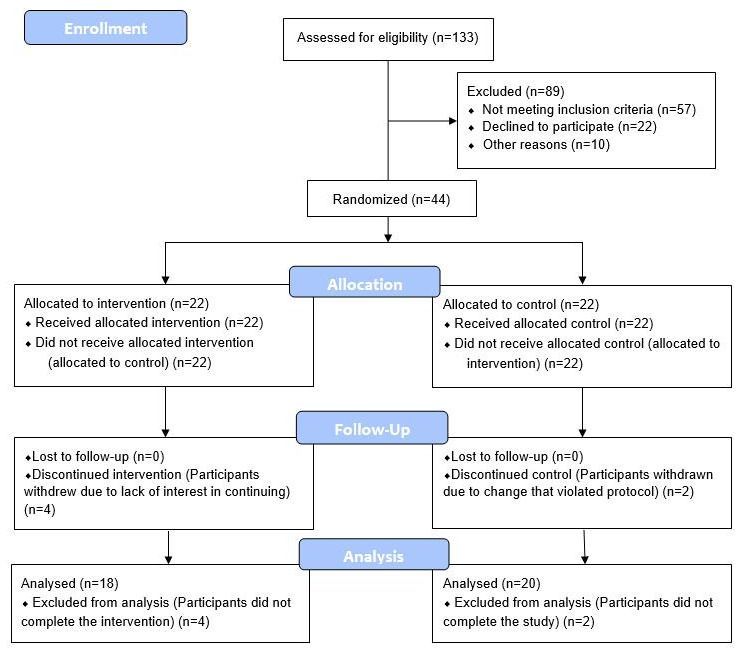
Yes this says a 3 year epigenetic clock reversal in just 8 weeks thanks to diet and lifestyle changes. There is a list of supplements too:
Alpha ketoglutarate, vitamin C and vitamin A curcumin, epigallocatechin gallate (EGCG), rosmarinic acid, quercetin, luteolin.
Manipulations to slow biological aging and extend healthspan are of interest given the societal and healthcare costs of our aging population. Herein we report on a randomized controlled clinical trial conducted among 43 healthy adult males between the ages of 50–72. The 8-week treatment program included diet, sleep, exercise and relaxation guidance, and supplemental probiotics and phytonutrients. The control group received no intervention. Genome-wide DNA methylation analysis was conducted on saliva samples using the Illumina Methylation Epic Array and DNAmAge was calculated using the online Horvath DNAmAge clock (2013). The diet and lifestyle treatment was associated with a 3.23 years decrease in DNAmAge compared with controls (p=0.018). DNAmAge of those in the treatment group decreased by an average 1.96 years by the end of the program compared to the same individuals at the beginning with a strong trend towards significance (p=0.066). Changes in blood biomarkers were significant for mean serum 5-methyltetrahydrofolate (+15%, p=0.004) and mean triglycerides (−25%, p=0.009). To our knowledge, this is the first randomized controlled study to suggest that specific diet and lifestyle interventions may reverse Horvath DNAmAge (2013) epigenetic aging in healthy adult males. Larger-scale and longer duration clinical trials are needed to confirm these findings, as well as investigation in other human populations.
Keywords: DNA methylation, epigenetic, aging, lifestyle, biological clock.
Advanced age is the largest risk factor for impaired mental and physical function and many non-communicable diseases including cancer, neurodegeneration, type 2 diabetes, and cardiovascular disease [1, 2]. The growing health-related economic and social challenges of our rapidly aging population are well recognized and affect individuals, their families, health systems and economies. Considering economics alone, delaying aging by 2.2 years (with associated extension of healthspan) could save $7 trillion over fifty years [3]. This broad approach was identified to be a much better investment than disease-specific spending. Thus, if interventions can be identified that extend healthspan even modestly, benefits for public health and healthcare economics will be substantial.

Circa 2019
To figure out how the body changes over time, researchers are increasingly looking to understand epigenetics, the study of changes in organisms caused by modification of gene expression rather than alteration of the genetic code itself. This scientific endeavor extends to teeth as well.
Yang Chai, associate dean of research at the Herman Ostrow School of Dentistry of USC, reported in a recent article how he and colleagues discovered that epigenetic regulation can control tooth root patterning and development.
“This is an aspect that doesn’t involve change in the DNA sequence, but it’s basically through the control where you make the genes available or unavailable for transcription, which can determine the pattern,” he explained.
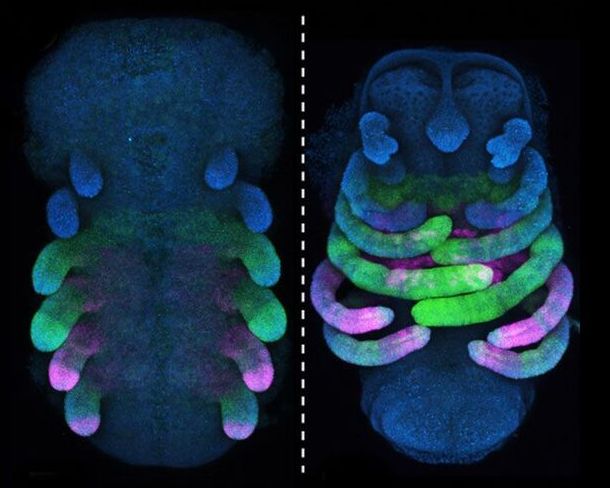
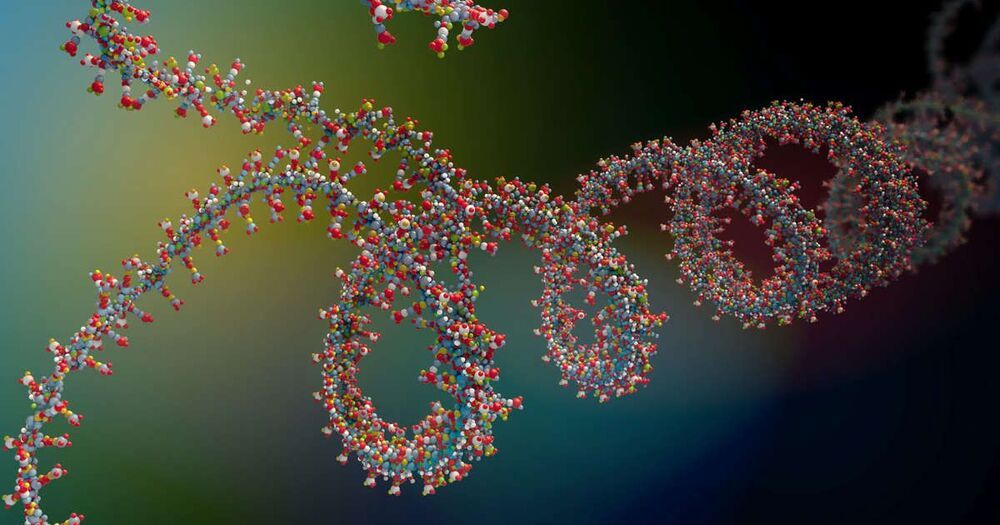
We combined a machine learning algorithm with knowledge gleaned from hundreds of biological experiments to develop a technique that allows biomedical researchers to figure out the functions of the proteins that turn genes on and off in cells, called transcription factors. This knowledge could make it easier to develop drugs for a wide range of diseases.
Early on during the COVID-19 pandemic, scientists who worked out the genetic code of the RNA molecules of cells in the lungs and intestines found that only a small group of cells in these organs were most vulnerable to being infected by the SARS-CoV-2 virus. That allowed researchers to focus on blocking the virus’s ability to enter these cells. Our technique could make it easier for researchers to find this kind of information.
The biological knowledge we work with comes from this kind of RNA sequencing, which gives researchers a snapshot of the hundreds of thousands of RNA molecules in a cell as they are being translated into proteins. A widely praised machine learning tool, the Seurat analysis platform, has helped researchers all across the world discover new cell populations in healthy and diseased organs. This machine learning tool processes data from single-cell RNA sequencing without any information ahead of time about how these genes function and relate to each other.